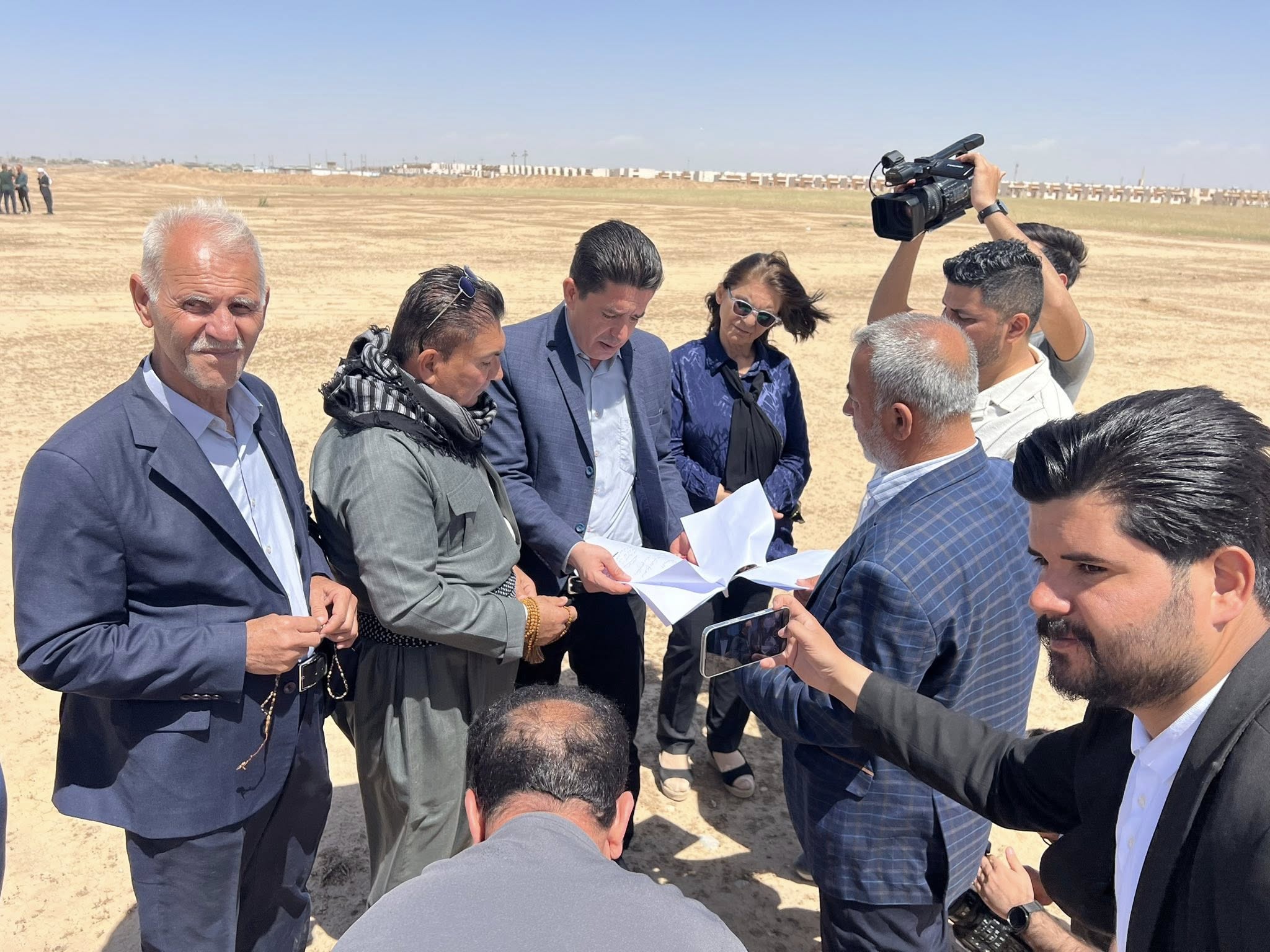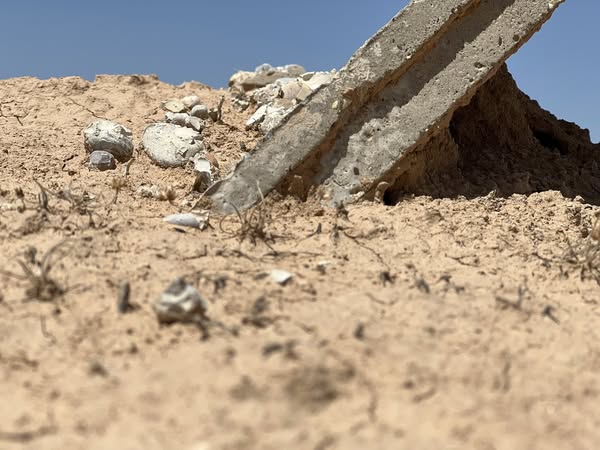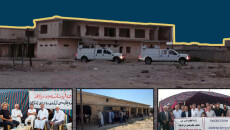A group of anti-genocide activists revealed the discovery of a grave yard in Kirkuk. According to their investigations, the graves contains the remains of at least 1,000 Anfal victims buried in individual graves.
The activists shared the results of their three-month investigation at a press conference held on Saturday, April 12, at the Topzawa camp. They emphasized that "the grave contains the remains of at least 1,000 people killed during the Ba'ath regime's rule."
Genocide activist Hemin Hasib told KirkukNow, "The Topzawa camp, where Anfal victims from all Kurdish regions were gathered, except for the Badinan Anfal victims, witnessed daily deaths due to disease, starvation, and torture. Two or three people would die every day, and the camp administration would transfer their bodies to the Kirkuk Forensic Medicine Department, until the number increased dramatically and exceeded the capacity of the department."
Hemin's account was based on a letter from the Kirkuk Forensic Medicine Department in August 1988, requesting the then-governor of Kirkuk and the health department to find a solution because the department's morgues could no longer accommodate more remains.
"The then-governor of Kirkuk asked the municipality to bury the bodies that same month," he said.
Hasib, a legal expert, noted that "Under the law, the municipality is responsible for burying unidentified or unknown persons, but the identities and ages of the Anfal victims were known, so this act was inhumane and aimed at concealing the crime."
Following the governor's letter, the municipality buried the victims in a private cemetery. The municipality has not used this cemetery since 1994, and according to activists' observations, it contains the remains of between 1,000 and 1,500 individual graves.
"According to our observations, 80 percent of the graves belong to Anfal victims," Hemin added.
The cemetery is close to the Topzawa camp and only two kilometers from the house of Ali Hassan al-Majid, Saddam Hussein's cousin known as Chemical Ali for chemical bombardment of Halabja in 1988, behind the old industrial area in Kirkuk.
The cemetery was established on an area of approximately 100 dunams. According to activists who spoke with residents living nearby, it contained 50 graves until 1987, which activists consider further evidence that it belongs to Anfal victims.

"Not all of these graves belong to Anfal victims. Some belong to people executed for political reasons. However, what we know is that the municipality used the cemetry until 1993 or 1994,” he added.
“Starting today, we will communicate with the municipality, the forensic medicine department, and the mass graves department."
The Anfal crimes were committed by the Ba'athist regime headed by Saddam Hussein and Kurdish colaborators against residents of various areas of the Kurdistan Region of Iraq KRI and Kirkuk Province. According to regional government statistics, approximately 182,000 Kurds were killed in the Anfal campaigns after being buried alive in the deserts of western Iraq. The regional government designated April 14th of each year as a day to commemorate the tragedy.
The Topzawa camp was established in 1987 after the village's residents were displaced. A year later, during the Anfal campaigns, thousands of Kurdish citizens were detained in the camp before being transferred to the deserts of Samawah and Nuqrat Salman prison, according to witnesses and documents.






